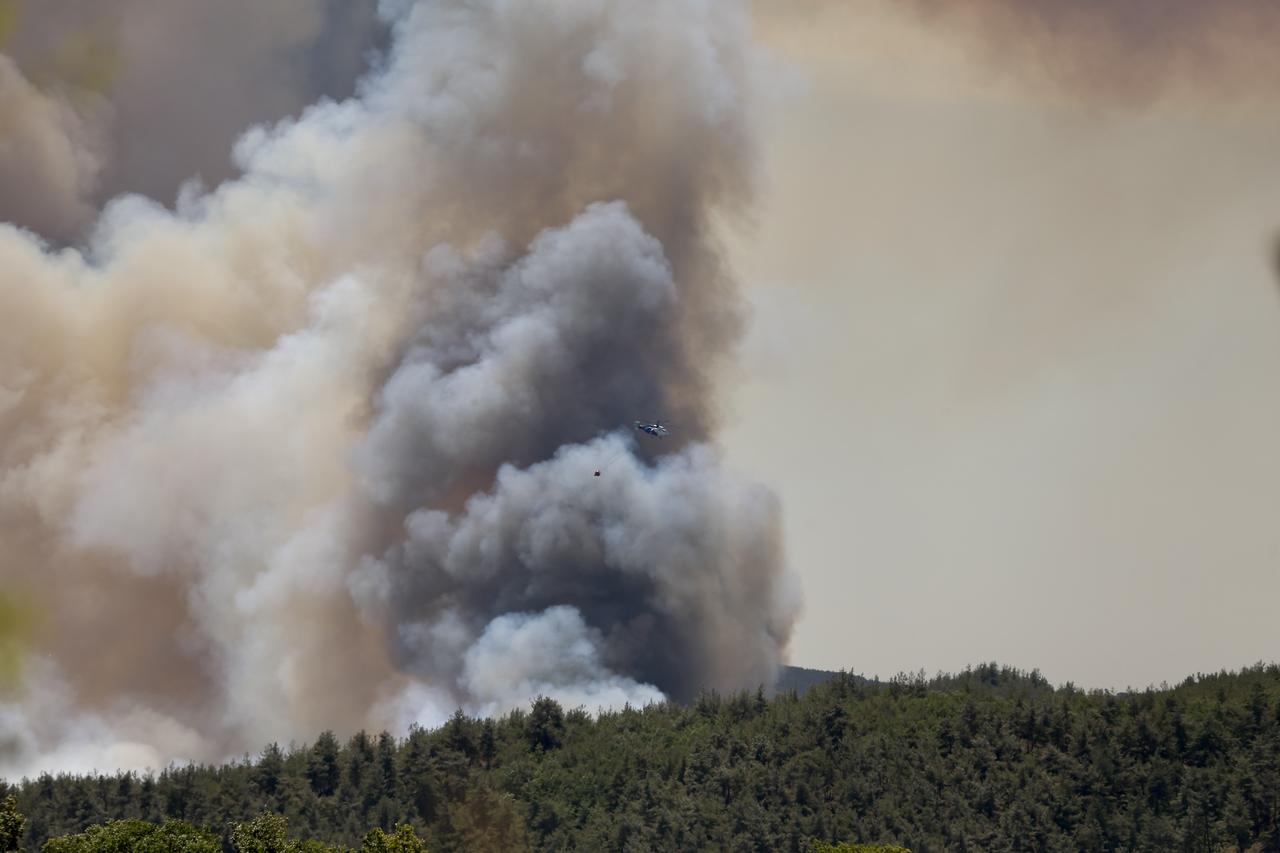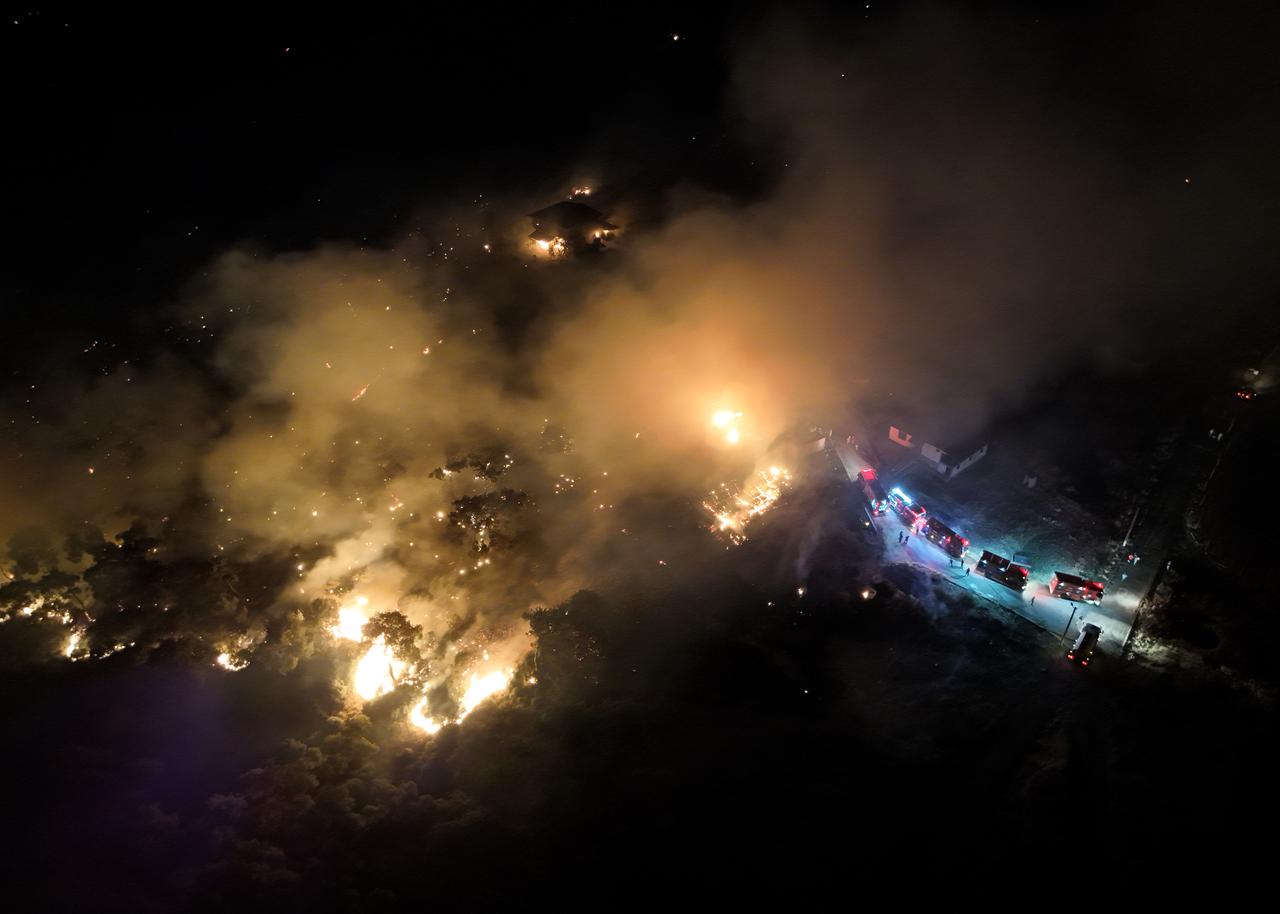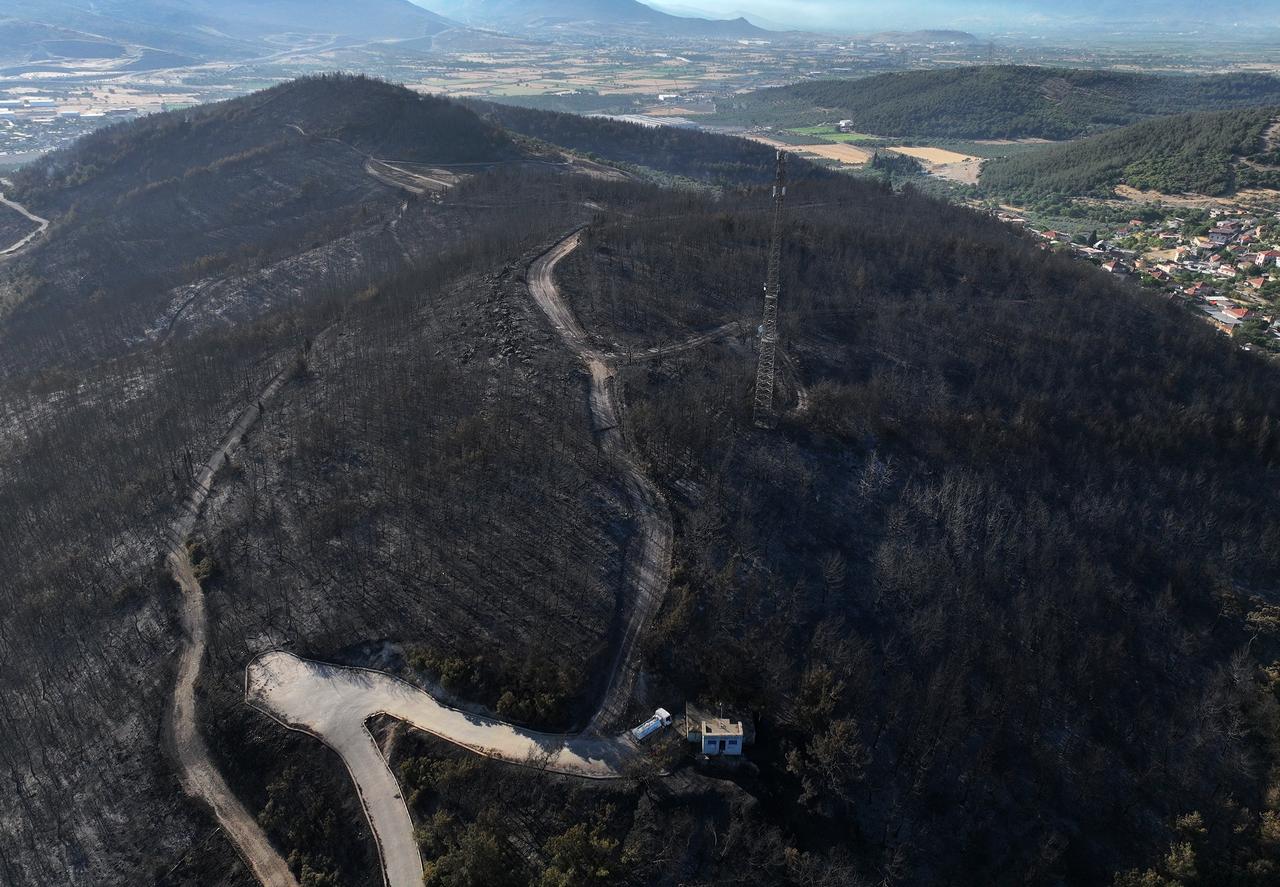
Over just the past two days, 150 wildfires have flared across Türkiye, highlighting once more the country’s vulnerability to summer wildfires. As reported by Hurriyet’s Fulya Soybas, although the climate crisis is often cited for intensifying the scale and speed of these blazes, more than 90% of the fires are triggered by human activity.
The causes range from neglected picnic fires to cigarette butts, shattered glass bottles, or even high-voltage transmission lines passing through wooded areas. This points to a lack of widespread public awareness about fire safety, particularly during the hot, dry, and windy summer months that turn Türkiye’s forests into tinderboxes.
From the beginning of 2025 alone, Türkiye has faced over a thousand forest fires. Among these, dozens have been blamed on discarded cigarette ends and improperly extinguished campfires. These figures underscore how the true culprit is not only climate change, but human negligence. Forests are not the only victims; entire ecosystems, including countless animal species, are destroyed each time flames rage through these fragile habitats.
Professor Doganay Tolunay, chair of forest engineering at Istanbul University, who spoke to Hurriyet, stressed that the public only starts discussing fires once they have already broken out, whereas education and prevention efforts should begin well before the summer arrives.

While public authorities do share warnings through media channels, they often fail to reach people living in or near forests. For example, one blaze reportedly spread as far as Bilecik after a local resident used a welding torch in 40-degree-Celsius (104 degrees Fahrenheit) heat, despite strong winds. Similarly, fires ignited by the burning of crop residues—known as “stubble burning”—remain a recurring problem.
Professor Tolunay emphasized that education and practical training for communities in and around forests are vital, but so are strict inspections during the high-risk summer period. Simply banning people from entering forests, he argued, is not an effective means of prevention.
Professor Tolunay noted that Türkiye’s General Directorate of Forestry cannot manage such a massive challenge alone. Other public agencies—from local police forces to municipal inspectors—must be mobilized to help monitor high-risk areas, supported where necessary by drones and loudspeaker systems to raise alarms. In his view, although he supports the Scandinavian approach of encouraging citizens to explore nature and learn about biodiversity, Türkiye’s current level of awareness means that free forest access may only worsen wildfire risks.
Effective wildfire prevention also demands closer cooperation between Türkiye’s public agencies. Tolunay called for greater institutional capacity and more robust collaboration protocols with the General Directorate of Forestry, especially as wildfires sometimes leap from farmland or rural zones into forest areas.
Local municipalities, for example, bear primary responsibility for managing fires that begin in agricultural lands. Yet their personnel, equipment, and training levels often fall short. Other seemingly unrelated agencies, such as the General Directorate of Highways, also have a role to play, given that roadside vegetation can become dangerously dry and ignite from a discarded cigarette butt.

One further neglected problem is posed by power transmission lines that run through forest areas. Over the last five years, roughly a quarter of all wildfires have been linked to these networks. Tolunay recommended that power lines be either moved underground or maintained more rigorously, with better insulation and frequent clearing of dry grass beneath them.
Climate change, he added, cannot be ignored since it contributes to faster and wider fire spread, even if it does not directly ignite the flames. He also proposed assigning a dedicated emergency hotline specifically for forest fires, separate from Türkiye’s standard 112 line.
Though the public debate often focuses on firefighting aircraft, Tolunay reminded that Türkiye already has one of the largest aerial and ground fleets in its history, with over a hundred helicopters and dozens of drones and planes. Still, despite this powerful response capacity, nearly 4,000 wildfires scorched more than 27,000 hectares last year alone. Tolunay concluded that the priority must shift from extinguishing fires to preventing them altogether.